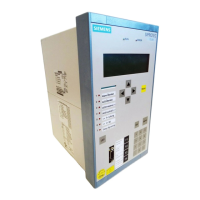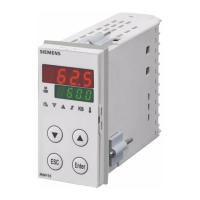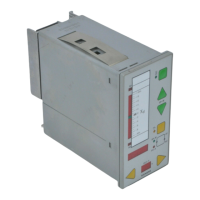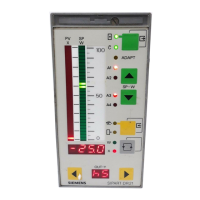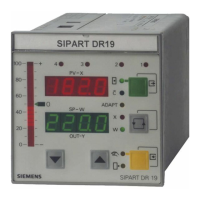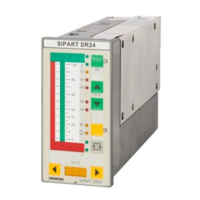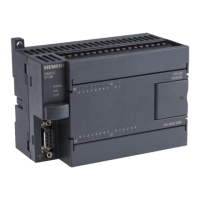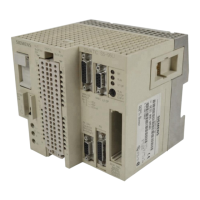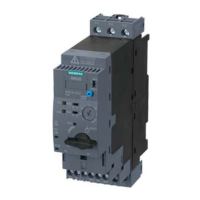Scope of Functions
Registration Systems in Power Plants
In power plants, it is essential that the following problems be analyzed and evaluated and, if necessary,
counter measures implemented:
•
There is a short circuit on the generator during the startup phase, before the generator has reached the
rated frequency of the power-system voltage. During this time range, the generator frequency passes
through a range of 0 Hz to the rated value f
rated
. Use of the Fast-scan recorder is necessary in this phase.
•
The circuit breaker of the generator closes. In this time range, possible errors, such as incorrect phase
sequence or insufficient synchronization, must be registered. Use of the Fast-scan recorder is necessary
in this case, too.
•
There is a short circuit on the generator or in the transmission system, after the generator was coupled
with the electrical power system and ran without interruption. Use of the function Fast-scan recorder is
helpful in this case, too. The cause of the short circuit on the generator can be analyzed with the record-
ings.
•
Local or entire system power swings occur. These oscillations can severely stress the generator shaft, if,
for example, the use of electronic restraint measures (Power System Stabilizer (PSS)) is not provided or
the calibration of the electronics is faulty. These failures can be recorded precisely with the functions
Slow-scan recorder and Continuous recorder. The process quantities (power, frequency, RMS values of
the fundamental component of currents and voltages and of symmetric components) form a special
characteristic with which the electronic signals of the PSS and other important quantities, such as the
excitation current of the generator, the steam pressure etc., can be recorded. Finally, these signals can be
compared and evaluated with the history of the RMS value of the voltage and the current.
•
Power swing cycles between the power plant and transmission system can lead to severe damage to the
generator if they are not detected in time and shut down. This job is performed by the distance protec-
tion equipment. With the use of the Slow-scan recorder function, the network status can be precisely
recorded before, during and after the power swing cycle. If, in parallel to this, the function is activated, it
is possible to clarify, for example, whether a closer or more distant short circuit in the network was the
cause for the trip of this power swing, or load or generator shedding which put the network in this state.
•
The Phasor Measurement Unit (PMU) function is used for monitoring large transmission systems. With
this, the phasors of the power-system voltage, the line current and the power frequency are calculated
precisely and provided with a time stamp. The calculated data are sent continuously to a computer via a
communication channel, the Phasor-Data Concentrator (PDC). The data of several PMUs are processed
and evaluated in the PDC so that bottlenecks in the transmission system, line overloads, etc., can be
determined.
•
The Continuous recorder function is used to examine the long-term stability of power-system voltage
and power frequency. With these registration functions, the long-term history of the currents and
voltages, the active and reactive power, the power frequency and other important network variables can
be recorded. With the use of the Continuous recorder registration function, it is possible to adapt the
recordings to be more comprehensive and informative.
As described previously, through the use of a modern fault recorder and proper use of the corresponding func-
tions, the electrical events in and around the power plant can be recorded precisely and then analyzed.
1.5
Introduction
1.5 Scope of Functions
28 SIPROTEC 5, Fault Recorder, Manual
C53000-G5040-C018-5, Edition 11.2017
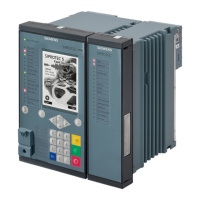
